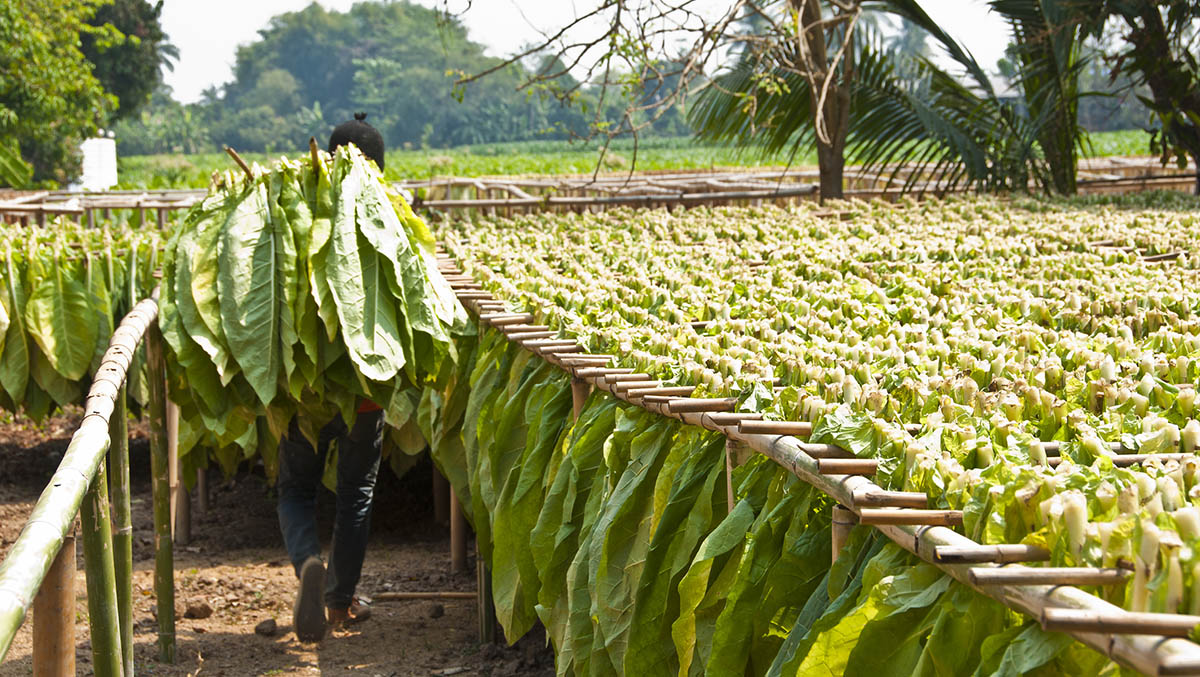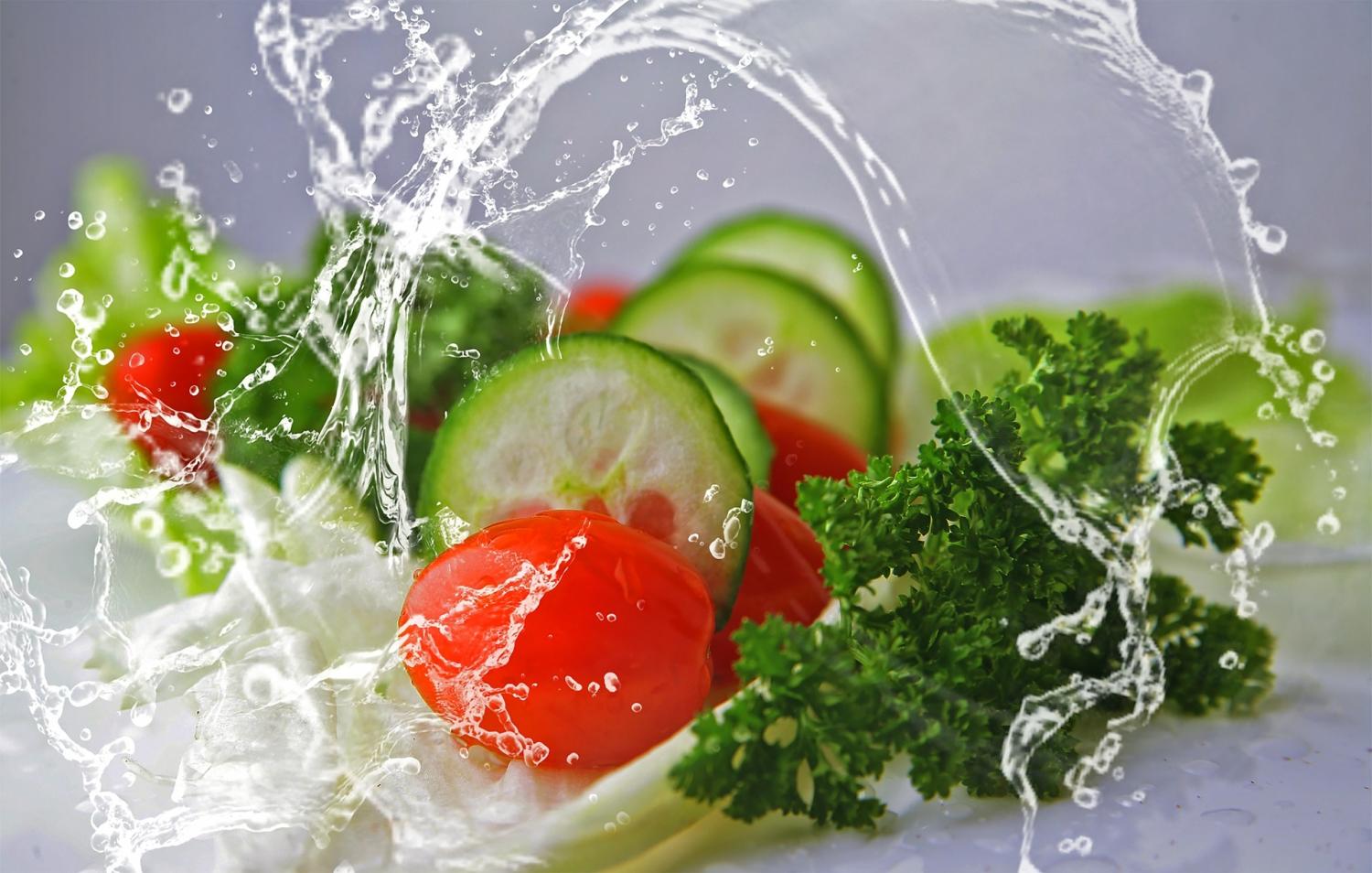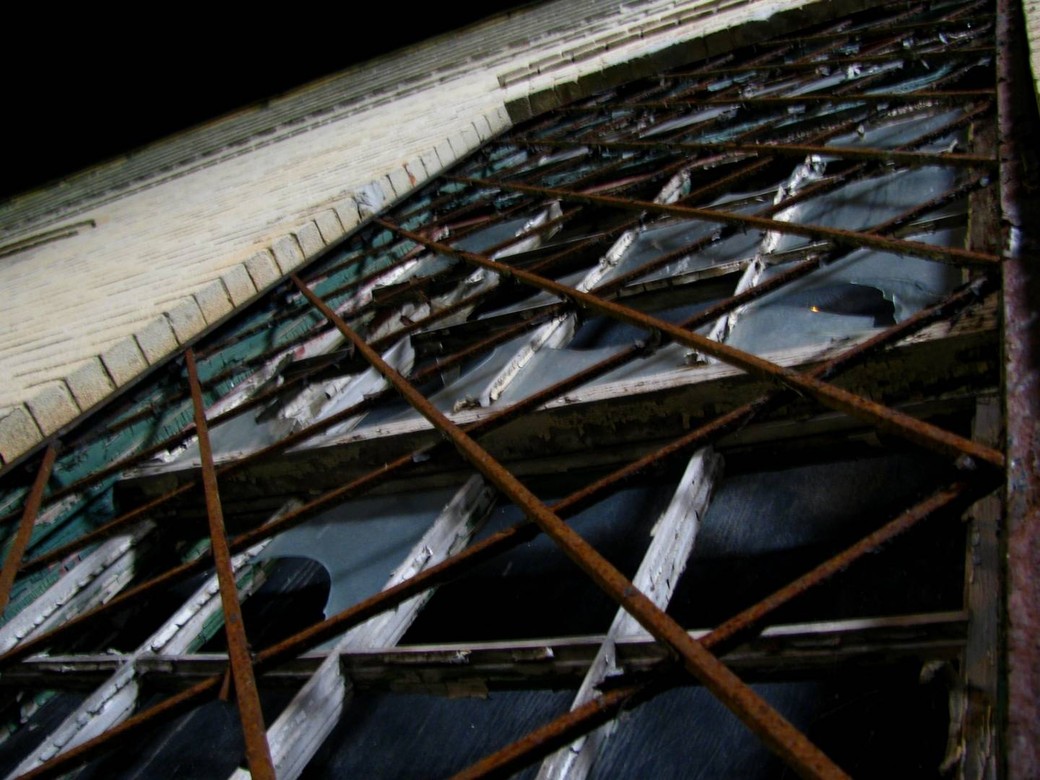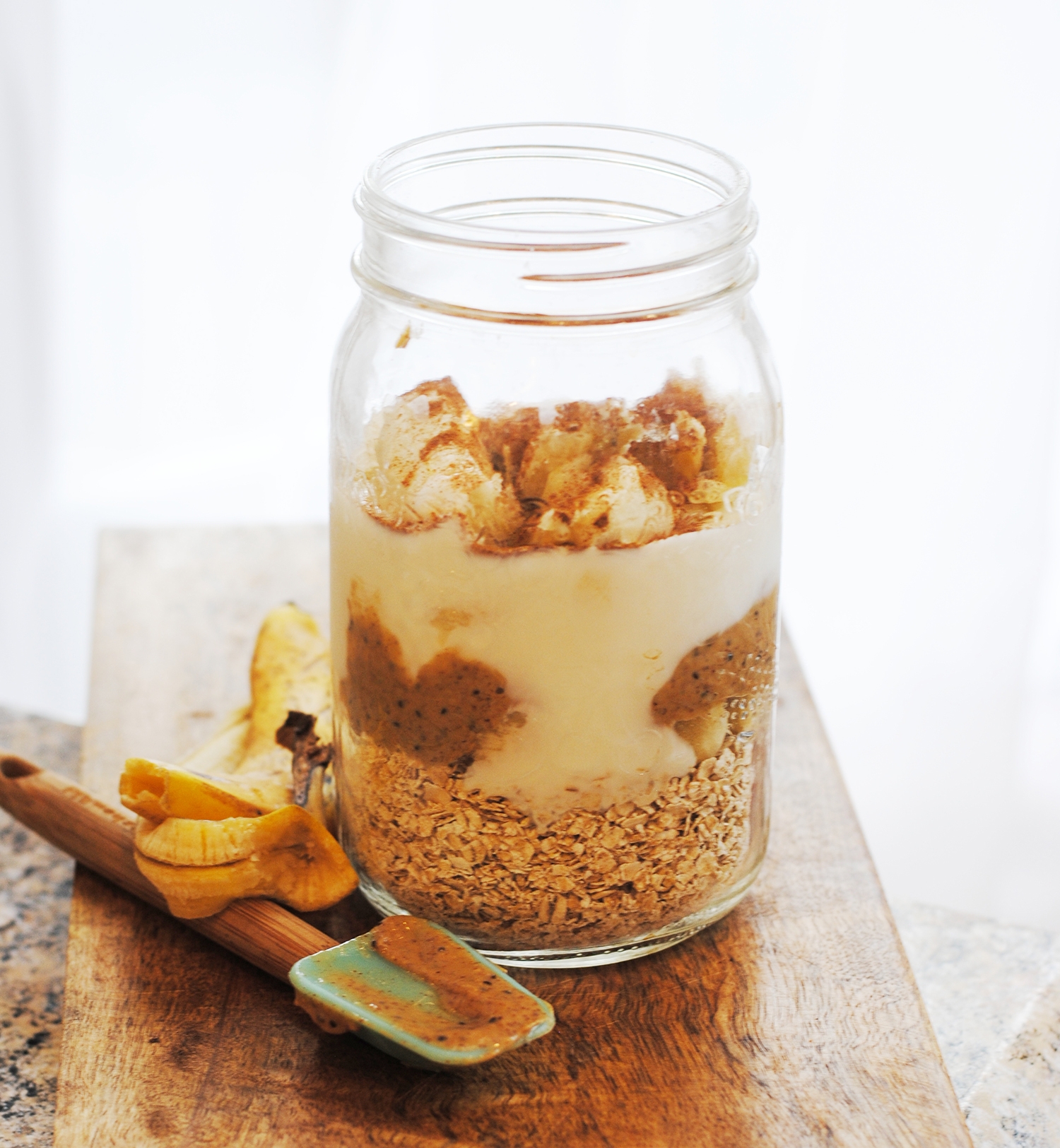
Cuban vs. New World Cigars: Time to Rethink What’s Best
Any person who has ever smoked a cigar in the presence of somebody unfamiliar with them will get the question, “Is that a Cuban?”
Canadians especially get asked this when travelling in the United States because of the embargo on Cuban products. As a result, Americans are often Cuban crazy.
The reality is, however, that Cuban cigars are highly overrated. In other words, you are paying for nice packaging (yes, we Canadians now have those horrible plain bands) and an aesthetic, not a palatable quality, that should accompany the price tag.
However, some reliable Cuban cigar brands remain: Bolivar, Trinidad, and Cohiba are widely considered the finest. Other noteworthy names are Romeo and Julieta and Montecristo. That said, even aficionados and connoisseurs worldwide are moving away from Cuban sticks.
The primary reason is price. While the ultra-rich can afford to spend $100 on a Cohiba, for everyone else, they are for special occasions, just like that expensive bottle of Champagne. In Canada, a good Cuban cigar will run at least $50, a price that will only increase the result of a tobacco harvest ravaged by hurricanes. Coupled with a strict pricing policy from the Cuban State Tobacco company that insists their products are sold at the amount dictated by the government, expect Cuban prices will remain high.
On price, Cubans are ‘no bueno’ for the everyday consumer unless you settle for one of their sub-par products. And when you purchase a Cuban brand like Jose’s. L Piedra, Quintaro, or Guantanamara, you are paying too much for a Cuban cigar and getting a bad product. These cigars are essentially the budget bin cigars of Cuba’s cigar production sold at a markup.
Quality control on Cuban products has drastically declined. It’s not uncommon to have a Cuban cigar that’s “plugged” at the end with so much resistance on the draw that it cannot be smoked without using a perfect draw tool.
Despite the late Fidel Castro’s proclamation that a cigar should burn evenly like a large cigarette, Cubans often burn unevenly. An uneven burn means invariably touching up the burn with your lighter and often leads to burning away part of the cigar so it doesn’t burn unevenly.
Most importantly, Cuban cigars can be bland. Their flavours are often mild compared to new world cigars. A well-made cigar is expected to change in flavour as the tobacco leaves burn since the leaf has different attributes and flavours from top to bottom due to how the plants are grown. The average Cuban, Trinidad or Cohiba often change little.
During the 1990s, there was a cigar boom in the American hemisphere. Many exemplary companies rose to the top: Rocky Patel, Alec Bradley, A.J Fernandez, Plascencia, and Perdomo, to name a few. These companies offered something uncommon in the cigar world at the time: affordability, quality and a robust flavour. There are other non-Cuban cigar options that cigar aficionados enjoy, such as Arturo Fuente, Davidoff, and Padron. However, these cigars are expensive, and both Fuente and Davidoff are known for their mild taste.
However, the Nicaraguan, Honduran, and Brazilian tobacco products mixed with either Dominican or American tobacco are in a league of their own. A Toro (considered an average-sized cigar) from a new world tobacco company rarely runs more than $30, while a Davidoff is upwards of $100.
The United States is the biggest market for new world cigars, likely in part due to availability. Yet, even if the embargo on Cuban cigars were lifted tomorrow, Americans likely wouldn’t switch to only buying Cubans, and Cubans probably wouldn’t regain their corner on the market due to quality control issues and overall taste.
The American palate for cigars has grown accustomed to flavours from heavy-bodied Sumatra leaves and light Connecticut shades in their cigars, which Cuba doesn’t offer. Like many other consumer tastes, America often leads global trends.
On a recent trip through the Balkans, cigars were abundant, but the cigar culture in Croatia, Northern Macedonia, and Albania strongly favour new world cigars. Cubans aren’t offered in many stores simply because there is no appetite for them.
In Skopje, Macedonia, the downtown core has at least four cigar retailers of substantial size and quality, none of which offer a single Cuban for sale. A surprising discovery given the smoking-friendly downtown where local waiters, upon spotting a cigar-smoking patron, bring them a cigar ashtray, something rarely encountered in the West.
Cuba may continue to release the occasional great cigar, but new-world cigars are the future of the industry. The United States’ attempt to strangle the import of Cuban tobacco may have perpetuated the American desire for the product, but it allowed for new cigar-producing countries to emerge and fill the gap with products that exceed rivals from Cuba.
Photo: iStock










